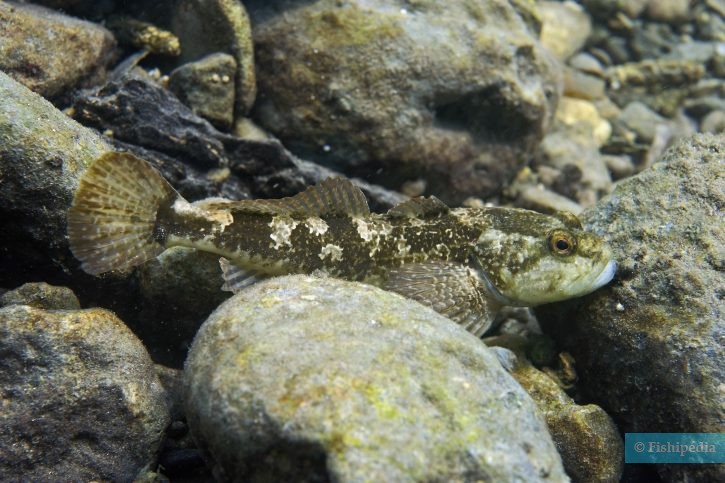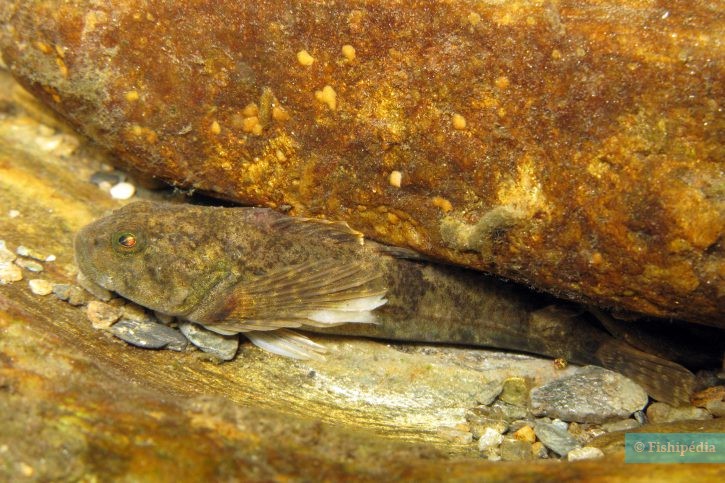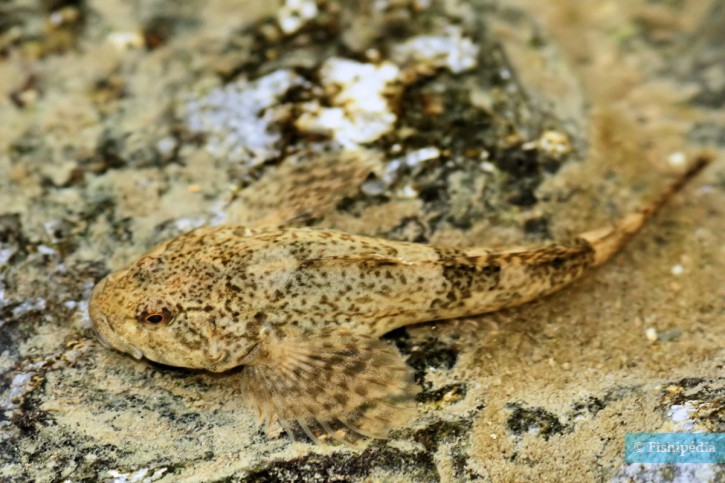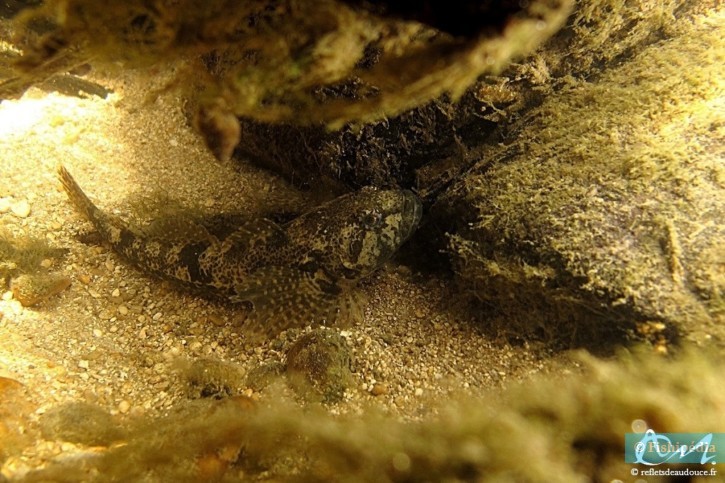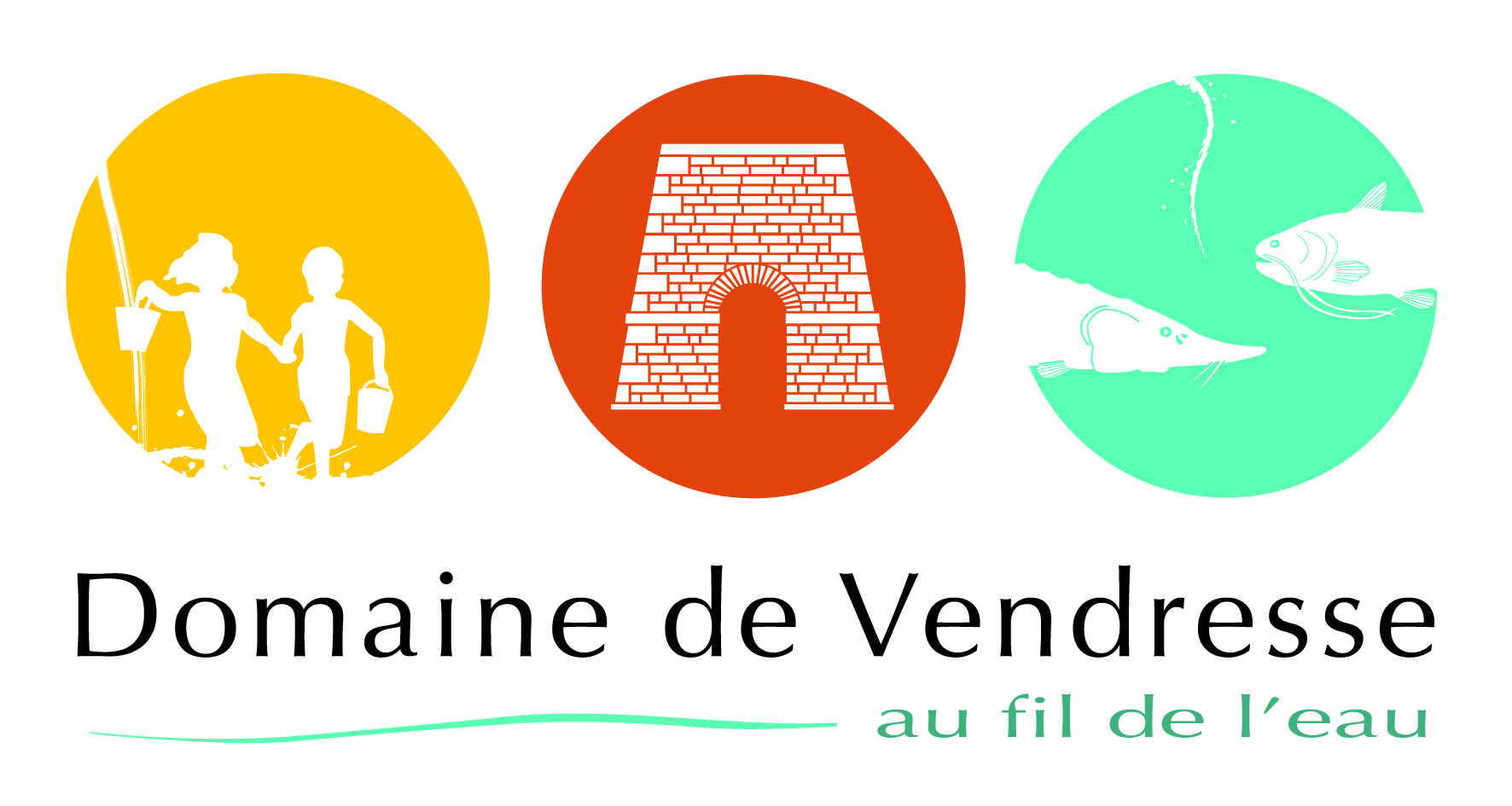bullhead
| Scientific name | Cottus gobio |
|---|---|
| Descriptor | Linnaeus |
| Year of description | 1758 |
| IUCN category (World) | LC |
| Family | Cottidae |
| Genus | Cottus |
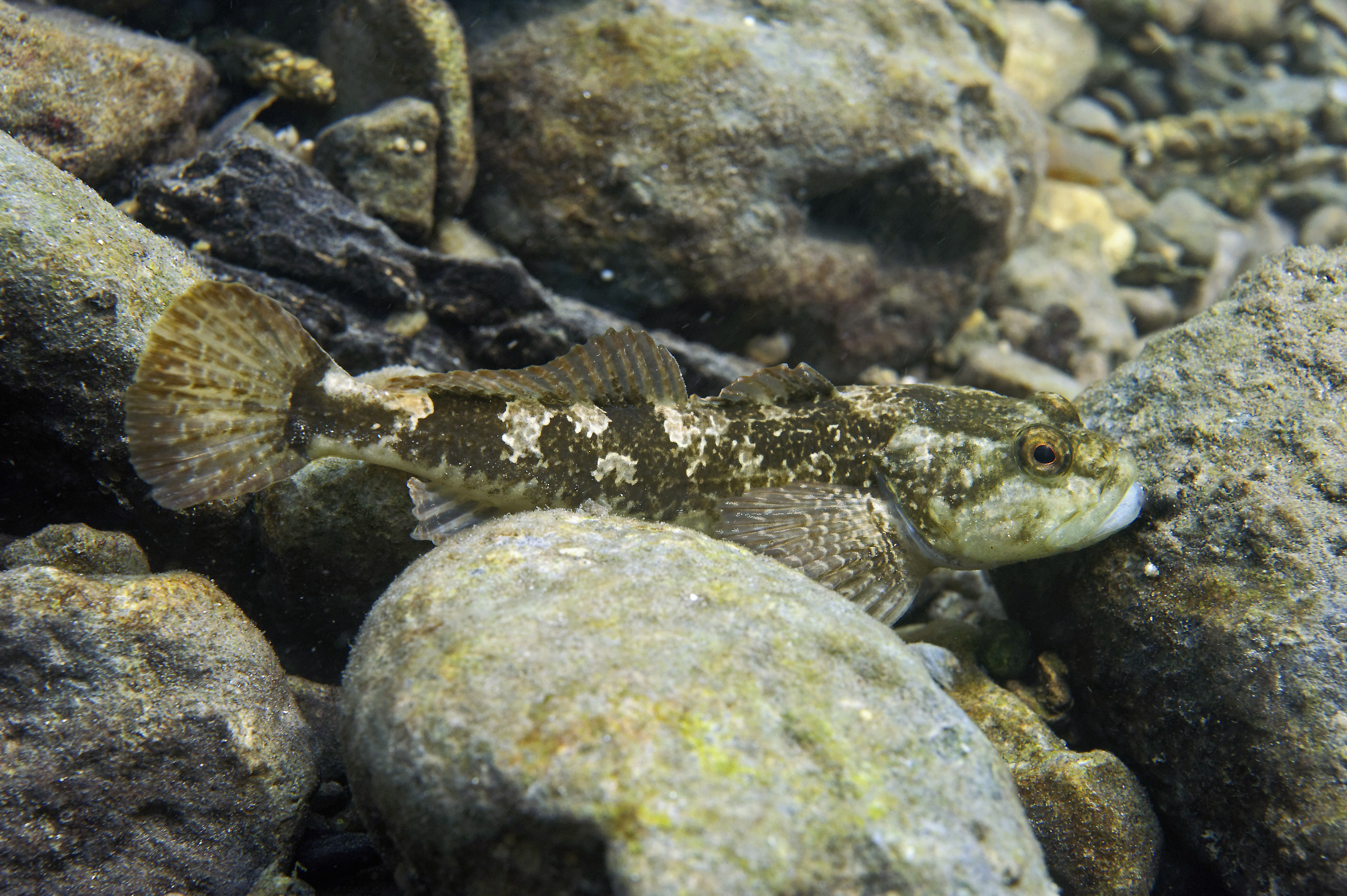

Introduction
Cottus gobio, more commonly known as the bullhead, is a freshwater fish common in much of Europe.
Who is it?
Morphology
-
Average size10 cm
-
Maximum size15 cm
-
Longevity6 year
-
Average size10 cm
-
Maximum size15 cm
-
Longevity6 year
How to recognize This fish ?
The bullhead typically has a spotted or marbled brown coloration that allows it to blend in with the riverbed.
Sexual dimorphism
Differences are not obvious except during spawning season when the male becomes darker than the female.
Behaviour & Life cycle
-
dietcarnivorous
-
Sociabilitysolitary
-
territorialYes
-
Way of livingnocturnal
The bullhead is a sedentary territorial fish that tends to hide in crevices most of the time. It emerges at night to hunt.
Bullheads prefer hard, coarse substrates such as gravel and stones.
Reproduction
The male prepares a nest in the pebbles and invites the female to lay between 100 and 500 eggs.
The parents fan and protect the eggs throughout the incubation period. However, in case of food shortage, they may eat their own eggs.
Harmless species
This species does not represent any particular threats to humans when encountered in its natural environment.
Origin and distribution
Geographic distribution & Conservation
The bullhead is found throughout central Europe, from Sweden in the north to Italy and the Balkans in the south. From west to east, its range extends from the French Alps to Romania. It frequents, among others, the basins of the Danube, Rhône, Rhine, Elbe, and Ems.
The bullhead is classified as "least concern" in France as it is widely distributed in the basins it frequents. However, it is locally threatened by pollution and river water extraction.
Its possession is regulated by articles L. 413-1 to L. 413-5 and R. 413-1 to R. 413-51 of the environmental code.
Conservation status of populations (IUCN)
What is its habitat?
Natural environment characteristics
-
Temperature1 - 18 °C
-
pH (acidity)7 - 7.5
-
FlowStrong
Biotope presentation
The bullhead generally inhabits cold, fast-flowing waters but is also well established in several high-altitude lakes.
To go further
Sources & Contributions
Participation & Validation
The Fishipedia team and specialist contributors are committed to providing high-quality content. However, although the information comes from scientific sources or testimonials from specialists, the cards may contain inaccuracies.

Patrick Chartrer
Translation
Translation done with the valuable contribution of our translators, who make this information available to a wider audience. We sincerely thank them for their commitment.
In collaboration with : Reflets d'eau douce
Bibliographic references
Les Poissons d'eau douce de France - Eric Feunteun - Jean Allardi - Philippe Keith - Biotope Edition - 2011. Collection Inventaires & Biodiversité, publication scientifique du Muséum
Scientific partners
